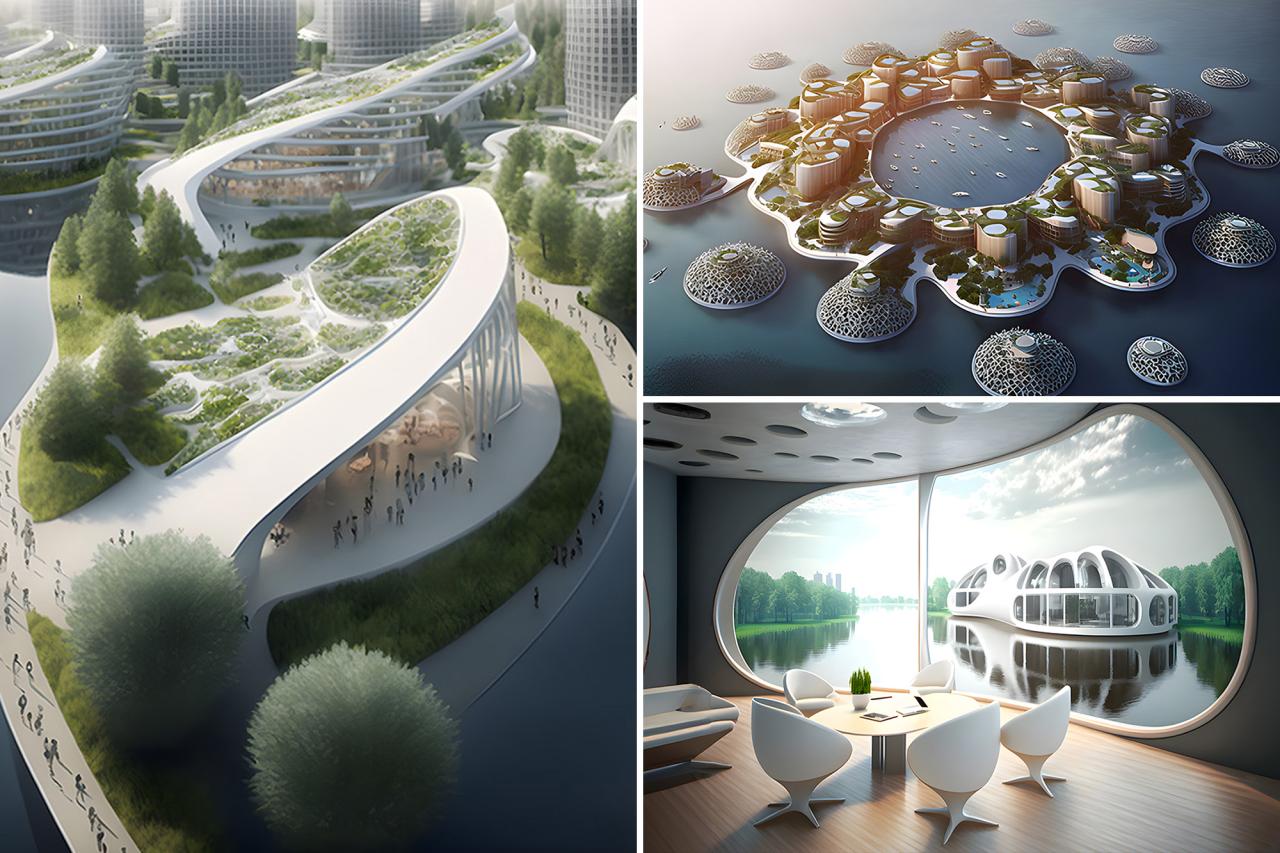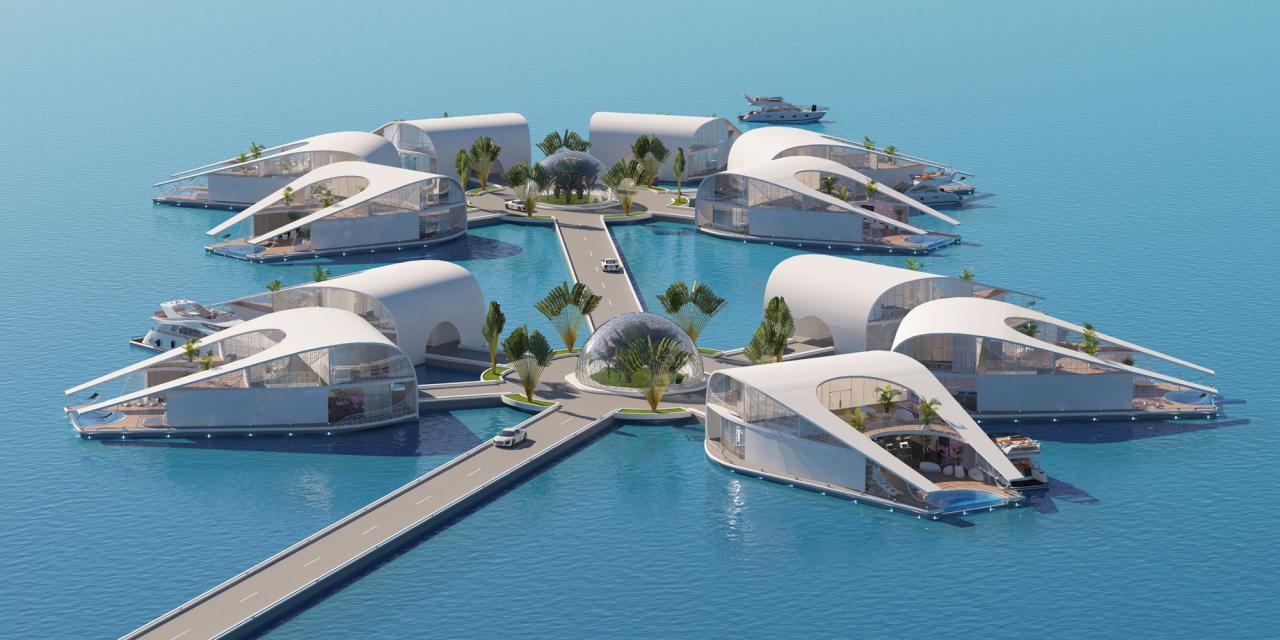As climate change accelerates and coastal populations grow, the concept of floating cities is no longer science fiction it’s a necessity. Rising sea levels and overcrowded urban areas demand innovative solutions, and architects will play a crucial role in designing sustainable, habitable floating communities. This article explores why floating cities need visionary architects, the challenges they face, and the potential benefits of these futuristic habitats.
Why Floating Cities Are the Future
With over 40% of the world’s population living within 100 kilometers of a coastline, rising sea levels threaten major cities like Jakarta, Miami, and Venice. Floating cities offer a viable alternative by:
-
Reducing land scarcity – Expanding habitable space without deforestation or land reclamation.
-
Enhancing climate resilience – Adapting to rising waters instead of fighting them.
-
Promoting sustainability – Utilizing renewable energy, water recycling, and eco-friendly materials.
Architects must design these cities to be self-sufficient, durable, and scalable, ensuring they can withstand extreme weather while providing a high quality of life.
Key Challenges Architects Must Solve
Designing floating cities presents unique obstacles that require creative engineering and urban planning.
A. Structural Stability in Harsh Conditions
Floating structures must endure storms, waves, and saltwater corrosion. Architects must use:
-
Lightweight yet durable materials (e.g., fiber-reinforced polymers, corrosion-resistant metals).
-
Modular designs that allow for expansion and easy repairs.
-
Anchoring systems to prevent drifting while allowing flexibility.
B. Sustainable Energy and Resource Management
Floating cities must minimize their environmental impact by integrating:
-
Solar, wind, and wave energy systems for renewable power.
-
Desalination plants to convert seawater into drinkable water.
-
Closed-loop waste management to recycle resources efficiently.
C. Creating Livable and Functional Spaces
Unlike traditional cities, floating urban areas must maximize space efficiency while ensuring comfort. Architects should consider:
-
Vertical farming to provide fresh food without relying on imports.
-
Floating green spaces to improve air quality and mental well-being.
-
Smart city technology for efficient traffic, energy use, and emergency responses.
Real-World Examples of Floating Cities
Several projects worldwide are already pioneering floating urban development:
A. Oceanix City (South Korea)
A collaboration between UN-Habitat and Oceanix, this project aims to create the world’s first floating, hurricane-resistant city by 2025. It features:
-
Hexagonal platforms for stability.
-
Zero-waste policies and renewable energy reliance.
-
Affordable housing to combat urban overcrowding.
B. The Maldives Floating City
With 80% of its land less than 1 meter above sea level, the Maldives is constructing a 5,000-unit floating community with:
-
Coral reef restoration beneath the structures.
-
Solar-powered transportation (boats and electric vehicles).
-
Locally sourced materials to reduce carbon footprints.
C. The Netherlands’ Floating Neighborhoods
As a leader in water management, the Netherlands has built floating homes in Amsterdam that:
-
Rise and fall with water levels.
-
Use thermal energy from water for heating.
-
Feature communal floating parks.
How Architects Can Lead the Floating City Revolution
To make floating cities a reality, architects must:
A. Collaborate with Engineers and Environmental Scientists
-
Develop hybrid designs that merge aesthetics with functionality.
-
Test materials in marine environments to ensure longevity.
B. Advocate for Government and Private Investment
-
Lobby for policies supporting floating infrastructure.
-
Partner with tech companies to integrate smart solutions.
C. Prioritize Community-Centric Designs
-
Engage future residents in the planning process.
-
Design inclusive public spaces to foster social interaction.
The Future of Floating Cities
By 2050, over 570 coastal cities could face severe flooding, displacing millions. Floating cities offer a sustainable, scalable solution, but their success depends on architects who can blend innovation, sustainability, and human-centric design.
As technology advances, we may see entire floating metropolises powered by clean energy, producing their own food, and thriving independently from land-based systems. The challenge is immense, but so is the opportunity for architects to redefine urban living.














